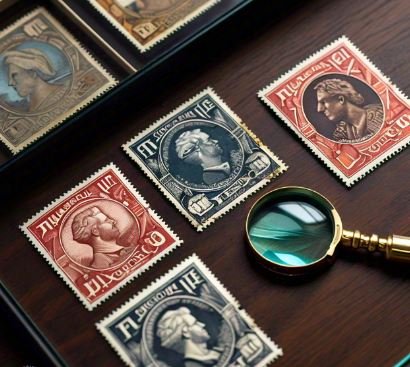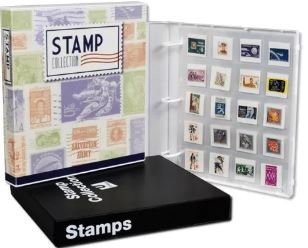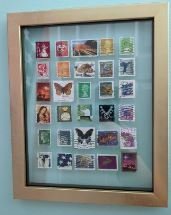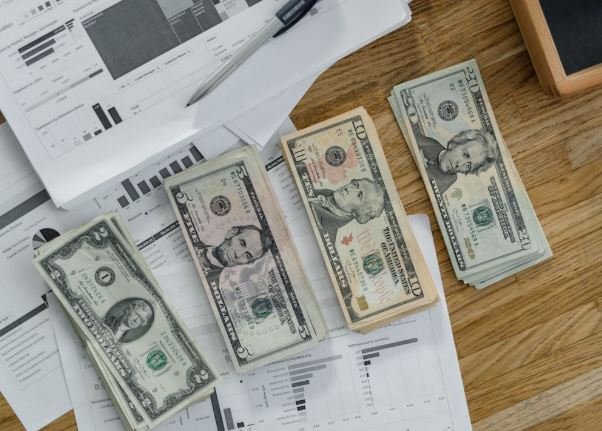For stamp collectors, identifying rare stamps is one of the most exciting and rewarding parts of the hobby. A stamp’s rarity, historical significance, and condition can dramatically affect its value, which is why understanding how to identify rare stamps is crucial for both beginners and seasoned philatelists. Whether you’re looking to expand your collection or searching for valuable finds, this collector’s guide will help you spot rare stamps and better understand their value.
In this article, we’ll explore the essential steps to identify rare stamps, the factors that contribute to their rarity, and some tips on what makes certain stamps valuable. With this knowledge, you’ll be equipped to spot hidden treasures in your collection or while hunting for new finds.
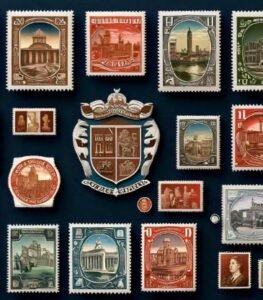
Why Identifying Rare Stamps Is Important
Before diving into the specifics of how to identify rare stamps, it’s important to understand why identifying rare stamps correctly is essential. The value of a stamp isn’t always obvious at first glance, but with a little knowledge, you can quickly tell whether a stamp is rare and worth more than its face value. Here are some reasons why identifying rare stamps is so important:
- Increased Value: Rare stamps can be worth hundreds, thousands, or even millions of dollars. By identifying rare stamps, collectors can make wise investment decisions.
- Building a Unique Collection: For serious collectors, finding rare stamps adds an exciting element to the collection, making it more unique and historically significant.
- Authenticity: Misidentifying a stamp could lead to purchasing a counterfeit or common issue. Being able to spot rare stamps ensures you avoid costly mistakes.
Now that we understand the importance of identifying rare stamps, let’s delve into the steps involved.
Step 1: Understand the Key Factors That Make a Stamp Rare
To identify rare stamps, it’s essential to first understand what makes a stamp rare. Several factors contribute to a stamp’s rarity, and knowing these can help you spot valuable finds in your collection. The main factors to look out for include:
- Limited Printings: One of the most significant factors contributing to a stamp’s rarity is how many were produced. Stamps with limited printings, such as commemorative issues or stamps that were withdrawn from circulation, tend to be more valuable.
- Printing Errors: Stamps with printing errors, such as misprints, missing colors, inverted images, or perforation mistakes, are often extremely rare and valuable. A small mistake in the production process can create a stamp worth thousands of dollars.
- Historical Significance: Some stamps are rare because they represent an important event, person, or place in history. For example, stamps issued to commemorate a world event or notable anniversary are often sought after by collectors.
- Condition (Mint vs. Used): The condition of a stamp is crucial when determining its value. Stamps that are mint (unused and in perfect condition) are typically more valuable than used stamps, although there are exceptions.
- The rarity of Issue: Some stamps were released in limited quantities or withdrawn quickly, making them rare. Stamps from certain countries or periods may be scarcer due to historical events, such as war or political changes.
By understanding these factors, you will have a clearer idea of how to identify rare stamps and evaluate their potential value.

Step 2: Examine the Stamp’s Design and Details
Once you know what makes a stamp rare, the next step in how to identify rare stamps is to carefully examine its design and details. A stamp’s design can provide clues about its rarity. Here’s what to look for:
- Unique Design Features: Look for design features that are unusual or one-of-a-kind. For example, stamps with a unique color scheme, design flaw, or unusual printing process (such as engraved versus offset printing) can be rarities.
- Perforations: Pay close attention to the perforations (the small holes along the edges of stamps). Imperfect or unusual perforations—such as stamps with missing perforations or double perforations—can significantly increase a stamp’s rarity.
- Watermarks: Many stamps have watermarks that are only visible when the stamp is held up to light. A watermark can help you identify specific issues or detect counterfeit stamps. Knowing how to check for watermarks is crucial in identifying rare stamps.
- Color Variations: Some stamps are printed in multiple colors, and color variations can occur during the printing process. A subtle change in the shade of a stamp’s color can make it a rare find. For example, a “wrong color” stamp is often considered rare and valuable.
- Engraving or Lithography: The method used to print the stamp can also be an indicator of rarity. Stamps created with a more labor-intensive process, such as engraving, are often rarer and more valuable than those produced by less expensive methods like lithography.
Step 3: Research Stamp Catalogs and Reference Books
A critical part of how to identify rare stamps is utilizing stamp catalogs and reference books. These resources provide detailed information about stamps, their history, and their value. Two widely used catalogs are:
- Scott Catalog: The Scott Catalog is one of the most comprehensive and widely used references for stamp collectors. It offers detailed descriptions of stamps, including information on their rarity, condition, and estimated market value.
- Michel Catalog: Popular in Europe, the Michel Catalog provides in-depth coverage of stamps from countries around the world. It includes information on rare stamps and specialized listings, making it invaluable for collectors looking to identify rare stamps.
Both catalogs and reference books will help you cross-reference the stamps in your collection and spot any rare items that may have significant value.

Step 4: Understand the Market Value and Demand
Once you’ve learned how to identify rare stamps, it’s important to understand their market value. The value of a rare stamp can fluctuate based on several factors, including:
- Market Demand: The demand for a specific type of stamp can increase or decrease over time, affecting its price. Rare stamps tied to historical events or popular themes may have more demand, which drives up their value.
- Condition: As mentioned earlier, the condition of the stamp plays a huge role in determining its value. A stamp in mint condition will generally fetch a higher price than one that is worn or damaged.
- Rarity and Scarcity: As with any collectible, the scarcer the item, the higher the potential value. A stamp with a known limited printing run, or one that was pulled from circulation due to an error, may command a premium price.
If you are unsure of a stamp’s value, consider consulting with an expert or appraiser who specializes in philately. They can provide you with an accurate evaluation based on the current market conditions.
Step 5: Use Online Resources and Communities
Today, many online platforms and communities are dedicated to helping collectors identify rare stamps. Websites like eBay, StampWorld, and StampBoards provide valuable resources, auction results, and discussions that can help you better understand the rarity of a particular stamp. These platforms allow you to compare stamps, ask questions, and even get expert opinions from experienced collectors.
Additionally, some online tools let you upload images of stamps for identification by the community. If you come across a stamp you suspect might be rare, use these resources to get feedback and advice from other collectors.
Step 6: Consult a Stamp Dealer or Auction House
When you come across a stamp that you believe is rare, you may want to have it evaluated by a professional stamp dealer or auction house. A reputable dealer can assess its condition, rarity, and authenticity, providing you with valuable insight into its potential value. Auction houses often specialize in rare stamps and can help you gauge the market value of a stamp before you buy or sell.
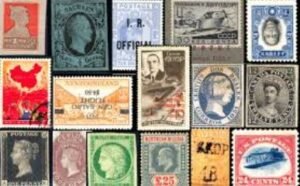
Conclusion: Spotting Rare Stamps for Your Collection
Knowing how to identify rare stamps is an essential skill for any collector. By understanding the key factors that contribute to a stamp’s rarity, closely examining its design and condition, and consulting trusted resources, you can spot valuable finds and build a collection that’s both unique and historically significant.
Remember, identifying rare stamps is an ongoing learning process. The more you study and familiarize yourself with stamps from different countries and periods, the better equipped you’ll be to identify hidden gems in your collection and at auctions. Whether you’re a novice or a seasoned collector, the thrill of discovering rare stamps is part of what makes philately so rewarding.

